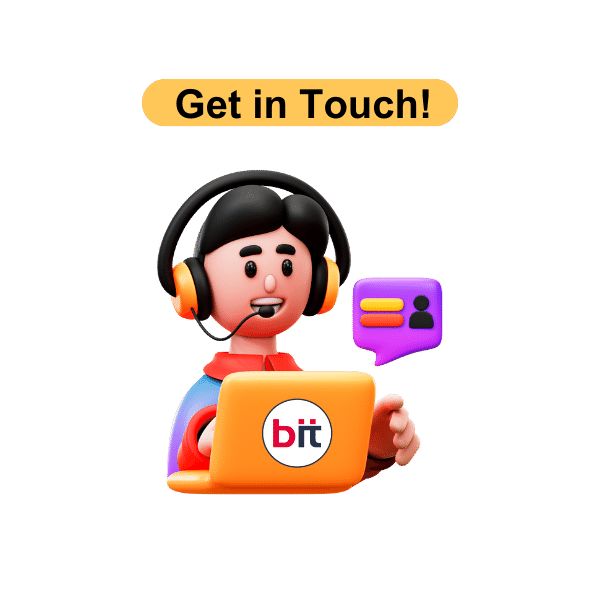|| Web Design Course in Ahmedabad
Unlock your creative potential with our comprehensive Web Design Course in Ahmedabad, tailored to equip you with the essential skills and knowledge to create stunning, user-friendly websites. Whether you're a beginner eager to start a career in web design or a professional looking to enhance your existing skills, this course offers a perfect blend of theoretical insights and practical experience. Dive into the fundamentals of HTML and CSS, explore advanced design principles, and learn to create responsive, visually appealing websites that provide an exceptional user experience. Guided by expert instructors, you’ll work on real-world projects, build a professional portfolio, and join a vibrant community of learners and professionals, all while gaining the confidence and expertise needed to succeed in the dynamic field of web design.
Embark on a transformative journey into the world of web design with our dynamic Web Development training in Ahmedabad, blending the power of Bootstrap, JavaScript, and jQuery to create captivating and interactive websites. Designed for both beginners and seasoned designers seeking to elevate their skills, this course offers a comprehensive exploration of modern web development technologies. Delve into the responsive magic of Bootstrap, mastering its robust framework to effortlessly craft visually stunning and mobile-friendly web pages. Learn to harness the flexibility of CSS preprocessors and the efficiency of prebuilt components, empowering you to build sleek, professional-grade websites with ease.
As you progress, unlock the full potential of client-side scripting with JavaScript, immersing yourself in the art of dynamic web interactions. From user authentication to data manipulation, you'll discover how JavaScript empowers you to breathe life into your designs, creating immersive user experiences that captivate and engage. But the journey doesn't stop there. With jQuery at your fingertips, you'll streamline your development workflow and unlock a treasure trove of powerful plugins and animations. Explore the art of DOM manipulation, event handling, and AJAX requests, revolutionizing the way you approach web design and development.
Throughout the course, you’ll put your newfound skills into practice with hands-on projects that challenge and inspire. From crafting responsive layouts with Bootstrap to implementing interactive features with JavaScript and jQuery, each project serves as a stepping stone towards mastery, culminating in the creation of your very own portfolio-ready website. Join us in Web Design Course Ahmedabad as we embark on this exhilarating journey into the heart of modern web design. With Bootstrap, JavaScript, and jQuery as your allies, the possibilities are limitless, and the future is yours to shape. Are you ready to unleash your creativity and redefine the web? Let’s dive in together and build something extraordinary with our classes in Ahmedabad.





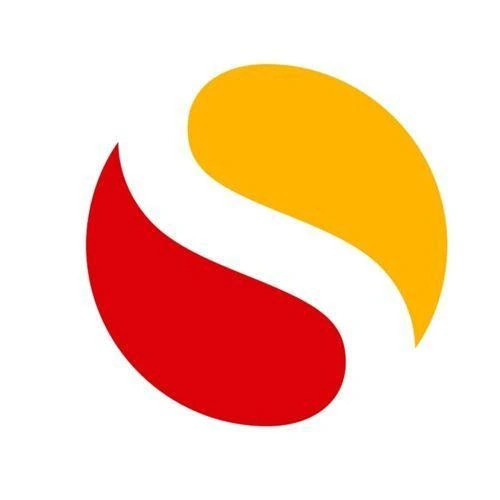
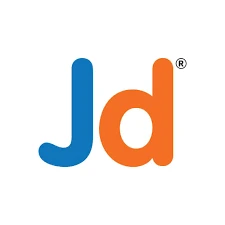
 4.8 (21,636) reviews
4.8 (21,636) reviews
 HTML5
HTML5
 CSS3
CSS3
 TAILWIND CSS
TAILWIND CSS
 JAVASCRIPT
JAVASCRIPT
 BOOTSTRAP
BOOTSTRAP
 ANGULAR JS
ANGULAR JS
 REACT JS
REACT JS
 VUE JS
VUE JS
 JQUERY
JQUERY

























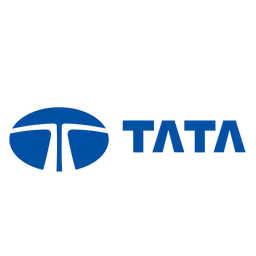

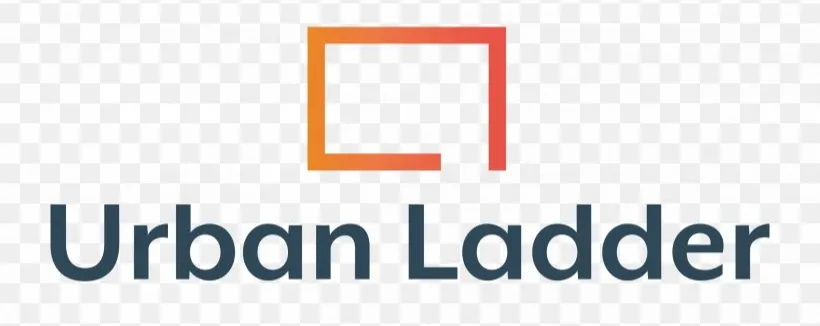











 Read more
Read more 